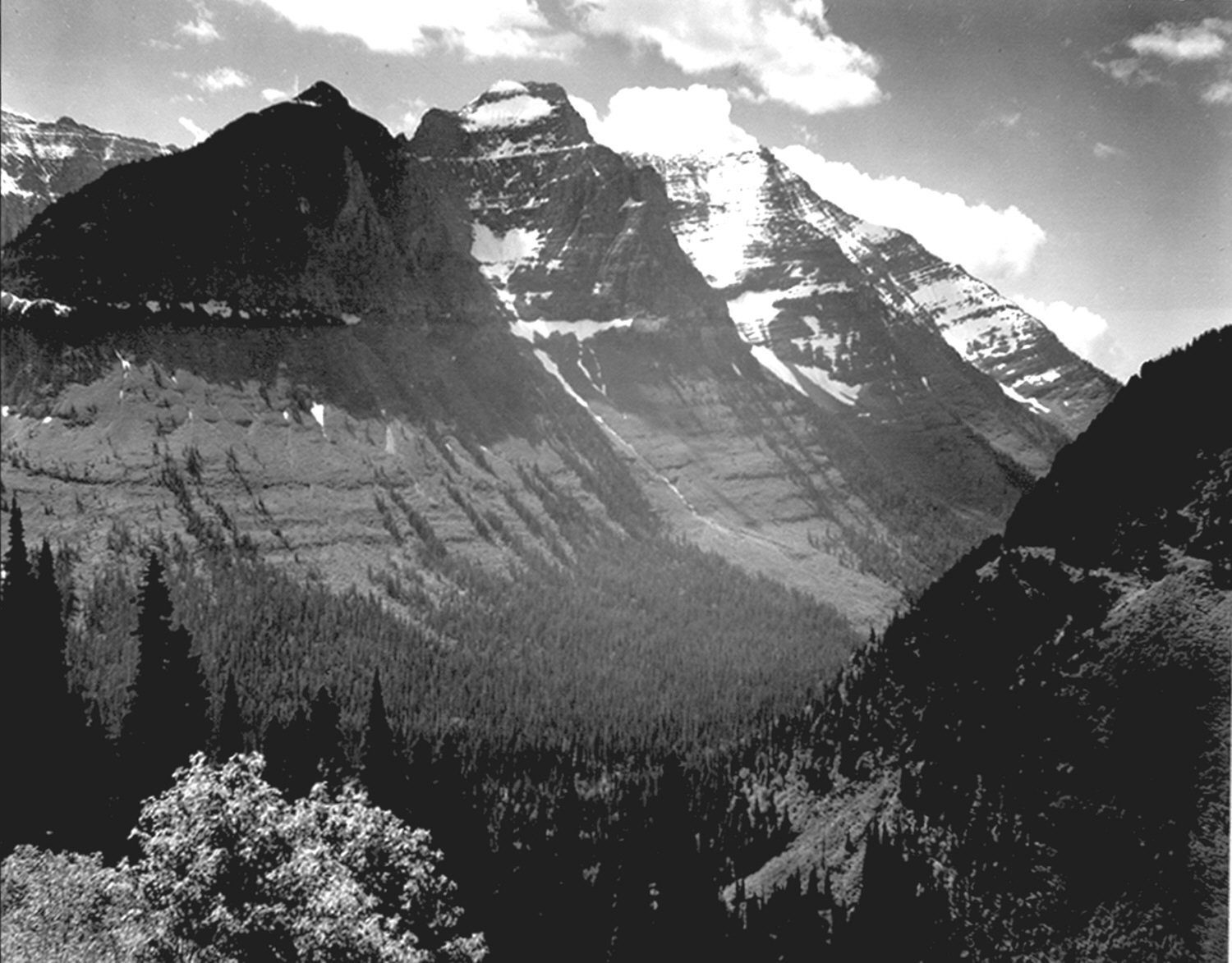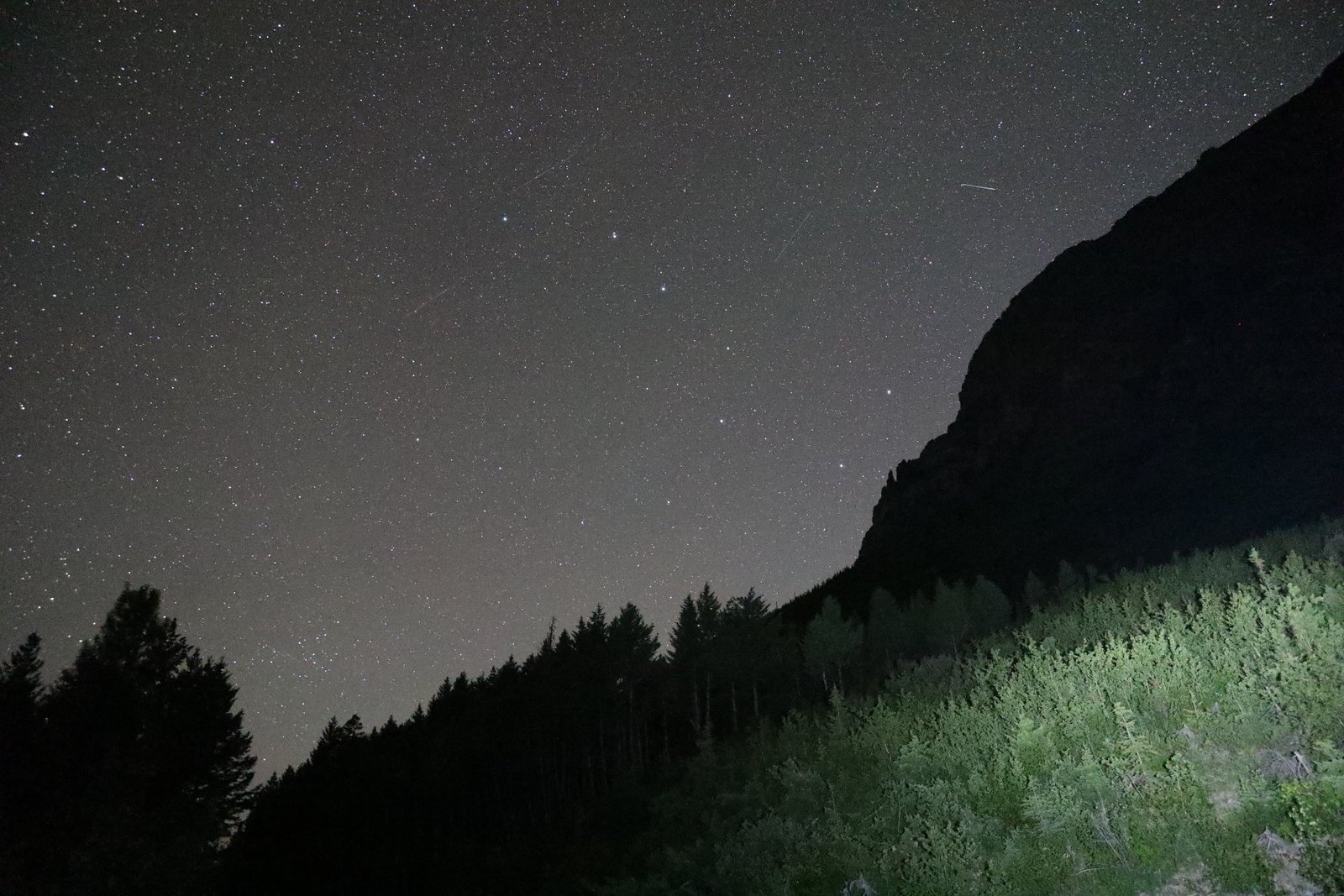Glacier National Park offers limited opportunities for all-wheel drive enthusiasts. While traditional off-roading is restricted, the park’s rugged terrain and scenic drives provide unique challenges for all-wheel drive vehicles. This guide explores the available routes, vehicle recommendations, and essential information for navigating Glacier National Park with an all-wheel drive vehicle. From the Inside North Fork Road to the iconic Going-to-the-Sun Road, discover how to make the most of your all-wheel drive adventure in this stunning wilderness.
What Are the Best All-Wheel Drive Routes in Glacier National Park?

Glacier National Park’s all-wheel drive options are limited but offer unique experiences:
- Inside North Fork Road
- Length: 14.3 miles (Apgar Visitor Center to Canadian border)
- Difficulty: Moderate
- Surface: Dirt and gravel
-
Features: Access to remote areas, North Fork of the Flathead River
-
Going-to-the-Sun Road
- Length: 50 miles
- Difficulty: Easy to moderate (depending on conditions)
- Surface: Paved
-
Features: Spectacular mountain views, Logan Pass, wildlife sightings
-
Many Glacier Road
- Length: 12 miles
- Difficulty: Easy
- Surface: Paved
- Features: Access to Many Glacier area, stunning lake views
While these roads aren’t traditional off-roading trails, they can provide challenges for all-wheel drive vehicles, especially during inclement weather or shoulder seasons.
Which Vehicles Are Best Suited for Glacier National Park’s Terrain?

When choosing a vehicle for Glacier National Park, consider the following specifications:
| Feature | Recommendation |
|---|---|
| Ground Clearance | 8-10 inches minimum |
| Wheelbase | Shorter for better maneuverability |
| Tire Type | All-terrain with good tread depth |
| Drive System | 4×4 or AWD capability |
Ideal vehicles for Glacier National Park include:
- Jeep Wrangler
- Toyota 4Runner
- Ford Bronco
- Subaru Outback
- Land Rover Discovery
These vehicles offer a combination of ground clearance, all-wheel drive capability, and ruggedness suitable for the park’s varied terrain.
What Are the Current Road Conditions for All-Wheel Drive Routes?
Road conditions in Glacier National Park can vary significantly based on season and weather:
- Seasonal Accessibility: Many roads, including the famous Going-to-the-Sun Road, are only open seasonally (typically late June to early October).
- Weather Impact: Snow, ice, and heavy rain can make roads hazardous, even for all-wheel drive vehicles.
- Maintenance Schedules: Regular maintenance can affect travel plans, especially in the off-season.
To stay informed about current conditions:
1. Check the official Glacier National Park website for road status updates.
2. Monitor weather forecasts for the area.
3. Inquire at visitor centers for the most up-to-date information.
How Does Summer Accessibility Affect All-Wheel Drive Adventures?
Summer is the peak season for Glacier National Park, which impacts all-wheel drive adventures:
- Peak Visitation: July and August are the busiest months.
- Parking Challenges: Popular areas like Logan Pass and Many Glacier can have limited parking.
- Traffic Considerations: Expect slower travel times due to increased traffic and potential wildlife sightings.
Tips for summer all-wheel drive adventures:
– Start early to avoid crowds and secure parking.
– Consider using the park’s shuttle service for popular routes.
– Plan for potential delays due to road construction or wildlife crossings.
What Are the Regulations for All-Wheel Drive Vehicles in the Park?
Understanding park regulations is crucial for a smooth all-wheel drive experience:
- Vehicle Size Restrictions:
- Vehicles over 21 feet in length are prohibited on Going-to-the-Sun Road between Avalanche Campground and Rising Sun.
-
Vehicles over 8 feet wide (including mirrors) are not permitted.
-
Speed Limits:
- 45 mph on most park roads
- 25 mph in developed areas
-
Lower limits may be posted in specific areas
-
Off-Road Driving:
-
Strictly prohibited to protect the park’s fragile ecosystem
-
Parking Regulations:
- Park only in designated areas
-
Do not park on road shoulders except in emergencies
-
Tire Chains:
- May be required during early or late season travel
How Can You Prepare Your All-Wheel Drive Vehicle for Glacier National Park?
Proper preparation is key to a successful all-wheel drive adventure:
- Vehicle Inspection:
- Check brakes, tires, and suspension
-
Ensure all fluids are at proper levels
-
Tire Preparation:
- Ensure proper inflation
-
Consider all-terrain tires for better traction
-
Emergency Kit:
- Include basic tools, jumper cables, and a first-aid kit
-
Pack extra food, water, and warm clothing
-
Fuel Management:
- Fill up before entering the park
-
Carry a spare fuel container for longer trips
-
Communication:
- Bring a fully charged cell phone
- Consider a satellite communicator for remote areas
What Are the Best Times for All-Wheel Drive Exploration in Glacier National Park?
Timing your visit can greatly enhance your all-wheel drive experience:
- Early Summer (June-July):
- Roads begin to open
- Waterfalls are at peak flow
-
Wildflowers start blooming
-
Late Summer (August-September):
- All roads typically open
- Warmer temperatures
-
Potential for hazy conditions due to wildfires
-
Fall (Late September-October):
- Fewer crowds
- Fall colors
-
Potential for early snow
-
Winter (November-May):
- Limited road access
- Opportunities for winter sports
- Spectacular snow-covered landscapes
How Can You Maximize Safety During All-Wheel Drive Adventures?
Safety should be a top priority when exploring Glacier National Park:
- Stay Informed:
- Check weather forecasts regularly
-
Stay updated on road conditions and closures
-
Wildlife Awareness:
- Keep a safe distance from wildlife
-
Store food properly to avoid attracting animals
-
Navigation:
- Carry physical maps as backup
-
Download offline maps for areas with poor cell coverage
-
Driving Techniques:
- Use lower gears on steep descents
-
Engage 4WD or AWD when conditions warrant
-
Emergency Preparedness:
- Know how to change a tire
- Understand basic vehicle recovery techniques
What Are Some Hidden Gems Accessible by All-Wheel Drive in Glacier National Park?
While respecting park regulations, all-wheel drive vehicles can access some less-visited areas:
- Bowman Lake:
- Located in the northwest corner of the park
- Requires navigating a rough, unpaved road
-
Offers stunning lake views and quieter camping options
-
Kintla Lake:
- Northernmost drive-in campground in the park
- Accessible via a challenging dirt road
-
Provides a remote, wilderness experience
-
Cut Bank Valley:
- Less-visited eastern side of the park
- Gravel road access
-
Home to beautiful alpine meadows and hiking trails
-
Two Medicine Valley:
- Accessible via a paved road, but less crowded than other areas
- Offers boat tours, hiking, and stunning mountain views
Remember, while these areas are accessible, they may require careful driving and proper vehicle preparation.
Exploring Glacier National Park with an all-wheel drive vehicle offers a unique perspective on this stunning wilderness. By understanding the park’s regulations, preparing your vehicle properly, and respecting the natural environment, you can embark on an unforgettable adventure through one of America’s most beautiful landscapes. Whether navigating the iconic Going-to-the-Sun Road or venturing to more remote corners of the park, your all-wheel drive vehicle will be a valuable companion in discovering the wonders of Glacier National Park.
References:
1. Glacier National Park Official Website
2. Glacier National Park Road Status
3. Glacier National Park Backcountry Guide